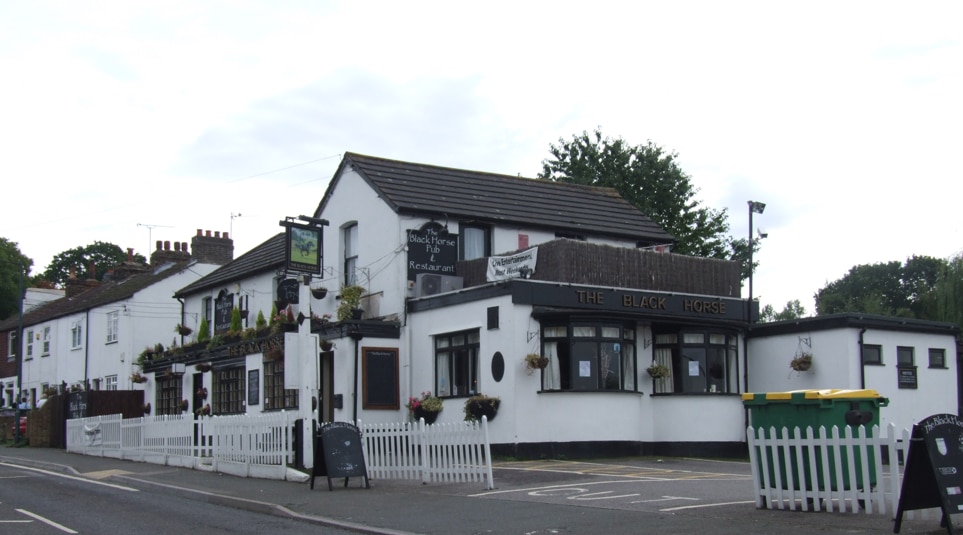Navigating Planning Permission in Bean, Dartford: A Complete 2025 Guide
Nestled in the rolling countryside of Kent, yet only a short commute from Central London, Bean village in Dartford has become an increasingly attractive location for homeowners, developers, and investors. With its semi-rural charm, expanding amenities, and access to major road networks like the A2 and M25, demand for residential and commercial development in the area is steadily on the rise.
However, with this growth comes the necessity for thorough planning permission processes, especially as Dartford Borough Council seeks to balance development with environmental sustainability and community integrity. Whether you’re thinking of building an extension, converting a garage, or launching a new-build project, understanding how planning permission works in Bean, Dartford is essential.
What is Planning Permission and Why is it Required in Bean?
Planning permission is the formal approval required from Dartford Borough Council before certain building works or changes of use can take place. In Bean, as with the rest of the borough, this is designed to ensure developments:
- Align with the Dartford Local Plan
- Protect the character of the surrounding countryside
- Address green belt and Area of Outstanding Natural Beauty (AONB) concerns
- Meet infrastructure, parking, and ecological requirements
Bean’s proximity to protected landscapes and its mixture of conservation zones and new development areas means not all proposals are treated equally. A small extension in one part of Bean may be permitted development, while a similar proposal just a few streets away might require full approval.
Types of Developments That Typically Need Planning Permission in Bean
Here are some common types of projects in Bean, Dartford that typically require planning consent:
- New Builds (Residential or Commercial)
- Major Extensions (Single or Double Storey)
- Loft Conversions with Dormers
- Change of Use Applications (e.g., turning a home into an HMO)
- Outbuildings or Garden Offices over specified dimensions
- Hardstanding Driveways in conservation areas
- Fences and Gates exceeding height limitations
- Demolition in Conservation Zones
Bean-Specific Considerations for Planning Permission
While Dartford Borough Council governs the planning applications, Bean’s rural location and distinct planning designations mean there are added layers to consider:
- Green Belt Restrictions
A portion of Bean lies within the Metropolitan Green Belt, where development is tightly restricted. Applications here must demonstrate “very special circumstances” to be approved. - Proximity to Infrastructure Projects
Bean is close to major infrastructure routes including the Lower Thames Crossing development corridor. Proposals near such zones may require additional scrutiny for traffic and environmental impact. - Flood Risk Zones
Certain pockets of Bean may fall under Flood Zone 2 or 3, particularly closer to natural watercourses. In such cases, a Flood Risk Assessment (FRA) may be mandatory. - Ecological Sensitivity
Bean is surrounded by rich natural landscapes. Projects may need an ecological appraisal if the development could affect local wildlife habitats or protected species.
How to Apply for Planning Permission in Bean
The process for applying for planning permission in Bean involves several key steps:
1. Pre-Application Advice
Dartford Borough Council offers a pre-application advice service, which can be incredibly valuable. It helps identify potential obstacles before submitting a formal application and can improve your chances of success.
2. Prepare Application Documents
These typically include:
- Architectural drawings
- Location and block plans
- Design & Access Statement (if required)
- Planning Statement
- Supporting surveys (heritage, ecology, flood risk)
3. Submit the Application
Applications are submitted online via the Planning Portal, where Dartford Borough Council will begin their validation and consultation process.
4. Public Consultation and Assessment
Once validated, neighbours and statutory bodies (like highways or environment agencies) will be consulted. The planning officer will assess the application against the Local Plan and national planning policy.
5. Decision
For most household applications, decisions are made within 8 weeks. Larger or more complex developments may take 13 weeks or longer.
Planning Permission Tips for Bean Homeowners and Developers
- Understand Permitted Development Rights: Some minor works (e.g., small rear extensions or rooflights) might fall under permitted development—but only if your property isn’t in a conservation area or green belt.
- Work With Local Planning Consultants: Hiring a Dartford-based planning consultant familiar with Bean’s character and policies can save time and improve your chances of approval.
- Engage Neighbours Early: Objections can delay your application. Communicating plans with neighbours in advance often prevents formal disputes later.
- Check for Article 4 Directions: These remove permitted development rights in specific areas. Parts of Bean may have these in place to preserve character.
What Happens If You Build Without Permission?
Building without planning permission in Bean can lead to enforcement action, including:
- Retrospective planning applications
- Stop notices or demolition orders
- Fines and legal costs
If in doubt, always seek confirmation from Dartford Borough Council before starting works.
Conclusion: Planning Permission in Bean Is Manageable With the Right Approach
Whether you’re planning a simple conservatory or a multi-dwelling development, securing planning permission in Bean, Dartford is about doing your homework, respecting local policies, and engaging with professionals. The area’s unique blend of village charm and strategic location makes it a rewarding place to invest—if approached carefully.
Remember: planning in Bean isn’t just about ticking boxes—it’s about shaping a sustainable, beautiful community for the future.



No responses yet